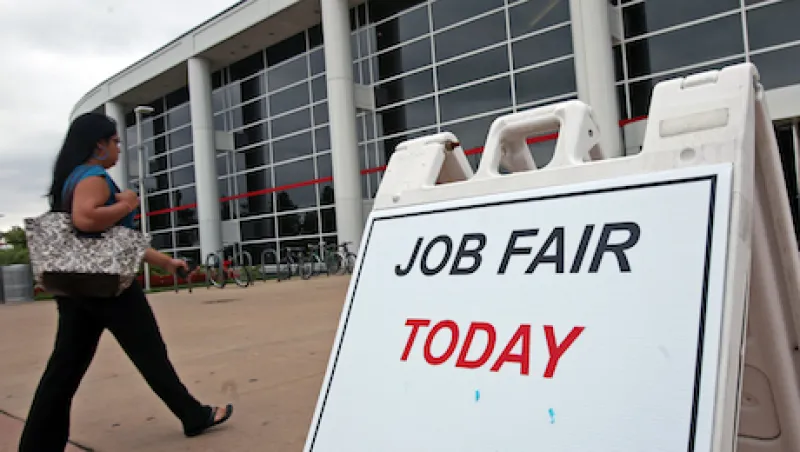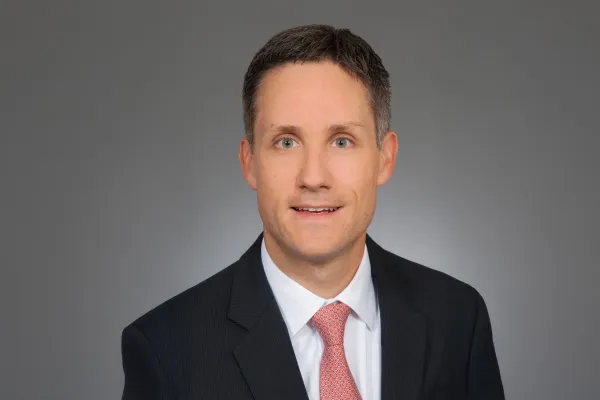The proportion of Americans either in a job or looking for one has fallen to its lowest rate in 31 years, raising questions about the long-term health of the U.S. labor market.
The drop in the participation rate threatens to restrict the underlying growth of the U.S. economy. This would hit corporate earnings and, by slowing increases in tax revenue, impair the Treasury’s ability to service its debt burden.
The participation rate fell to 63.5 percent in August, the Bureau of Labor Statistics said Friday — 0.2 percentage points down on the month, and almost 3 percentage points lower than at the beginning of 2007, before the recession began. The rate is the lowest since 1981. Nonfarm payrolls increased by 96,000 — well below consensus estimates of 125,000.
Analysts blame the steady fall in labor market participation partly on a sense of discouragement among jobless Americans about their prospects of finding work because of the continued sluggishness of the U.S. economy. This is prompting many to drop out of the labor market altogether.
With fewer people seeking work, the ability of the economy to grow without overheating is restricted, because the shrinking of the pool from which new workers can be drawn increases the bargaining power of those who are left. This pushes up wage and eventually consumer price inflation. A worse scenario is that companies may curb plans to expand output because they cannot find the workers they need.
The rise in long-term unemployment is also worrying because the longer people are out of work the more likely they are to give up seeking it. There is a risk, therefore, that the rise in long-term joblessness could feed through into a further reduction in the participation rate.
Unemployed people had been jobless for an average of 39 weeks in August, according to the Bureau — a broadly stable figure over the past year but more than double the 16-week average at the beginning of 2007.
Analysts hope this double deterioration of the employment statistics — the fall in participation and rise in protracted joblessness — will prove largely temporary, reversing for the most part when the economy returns to strong growth.
Ben Bernanke, chairman of the Federal Reserve, said earlier this year, “It appears true that over the past two decades or so, structural factors have been responsible for some increase in long-term unemployment.” Citing examples, he said, “Factors such as globalization, technological change and the loss of lower-skill manufacturing jobs have likely reduced the employability and earnings potential of some groups of workers.” These trends can lead to a skills mismatch, with thousands of workers skilled in heavy industries that no longer exist in the U.S. but who are unable to take up jobs involving computers.
Bernanke added, “However, although structural shifts are no doubt important in the longer term, my reading of the research is that, at most, a modest portion of the recent sharp increase in long-term unemployment is due to persistent structural factors.”
A further possibility is that the fall in labor market participation and rise in long-term unemployment is indeed cyclical, but will morph into a persistent structural problem. Research into previous slumps in developed economies shows they can leave a permanent scar on the labor force, raising the “neutral” rate of unemployment — the rate below which inflation starts to rise because of labor shortages. This is because people cast by recession into long-term joblessness become less employable as time passes: Their skills become out of date and they are more likely to suffer mental and physical health problems.
Michael Hood, institutional market strategist at J.P. Morgan Asset Management in New York, said: “It’s reasonable to think that the neutral unemployment rate has risen some, probably because of a combination of factors, including skill mismatches and the capacity destruction inherent in long-term unemployment. Long-term unemployment seems like the biggest threat.”
“Capacity destruction” is the process by which the size of the available labor force — as measured in the participation rate, for example — is reduced by the scarring effect of unemployment.
However, Hood added, “Wage inflation looks like a distant prospect with the unemployment rate over 8 percent.” Unemployment was 8.1 percent in August, well above a precredit crunch low of 4.4 percent, although it was down 0.2 percentage points on the month — reflecting the fall in the participation rate. Hourly earnings are 1.7 percent up on the year, according to the Bureau — well below the long-term average rate.
Despite these potential long-term dangers, U.S. equity markets were relatively relaxed about Friday’s disappointing jobs numbers, because investors believe a worsening employment backdrop increases the chances that the Federal Reserve will announce a third round of quantitative easing after its Thursday monetary policy meeting. Last week Bernanke described “the stagnation of the labor market” as “a grave concern.” The S&P 500 was up 0.3 percent on the day at 1,437 in lunchtime trading.






